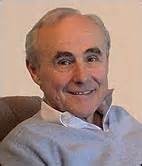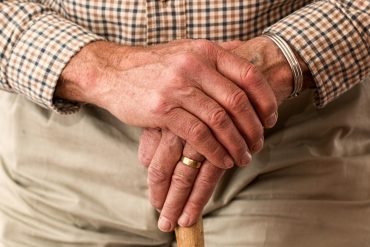What is EFT?
EFT is the acronym for Emotional Freedom Technique. It was developed in the 1990’s by Gary Craig, its origins trace back to TFT (Thought Field Therapy) which was developed by psychologist Roger Callahan. Gary Craig refined the technique and made it accessible to the public. The roots of EFT are in acupuncture, kinesiology and psychology. Gary Craig bases his technique on the premise that negative emotions, whatever their cause; create a disruption in the body’s energy system. In a more traditional setting you would discuss your traumatic event or problem and relive it to work through it. In contrast EFT respects the memory or situation, but addresses the true cause….a disruption in the body’s energy system. So accordingly you don’t spend hours reliving painful memories, because although they contribute to an unwanted emotion, such as fear or anxiety they are not the cause. The cause is the energetic imbalance or disturbance that was created by the event. That is what EFT addresses. EFT is a gentle, effective and easy to learn technique that releases people from emotional imbalances that cause these energetic disturbances in the body. By tapping on various points on the body you release the energetic blocks.
What can EFT be used for?
A better question may be what can’t it be used for? Most energetic balances can be cleared up within a very short period of time, some in minutes, others may require persistence. Some of the issues that can be cleared are:
-addictions
-allergies
-anger
-anxiety
-depression
-emotional trauma
-fear
-headaches
-overeating
-pain
-phobias
-self esteem and confidence issues
-trust
The energy system of the body
As any basic anatomy book will tell you, the human body has a profound electrical nature. As a child you may remember rubbing your feet on the carpet and then touching your brother or sister to give them a shock. If you touch something hot, you feel the pain instantly as the signal is electrically transmitted along the nerves to your brain. EEGs and EKGs record the electrical activity of the brain and the heart. The bodies’ electrical system is critical for its daily function. An ever increasing number of practitioners are using these energy systems to assist with physical and emotional healing. Acupuncturists, Chiropractors and Massage Therapists are a few. EFT practitioners also join the ranks, as they teach individuals how to address physical and emotional issues with this non invasive and painless method.
How does EFT work?
If there is a disruption in the bodies’ energy system, there will be a physical or emotional negative effect. By simply tapping end points of energy meridians you can experience profound shifts in your physical and emotional health. You begin by determining the aspects you want to address. You will address each aspect by tapping on specific acupressure points with your fingertips until the aspect loses its emotional charge. EFT can be done on your own, but working with another person seems to magnify the effect and speed up the process. Whether it is the intent of two people working together to resolve an issue, or observations made during the process, it just seems to go quicker.
After learning the set up sequence and all of the additional points, you are well on your way to experiencing the benefits of EFT. Repetition is your friend. Setting up a regular time to do EFT is a great benefit, your tapping routine will become automatic and you can focus more on what is revealed to you during the process.
References:
The EFT Manual by Gary Craig
EFT for Weight Loss: The Revolutionary Technique for Conquering Emotional Overeating, Cravings, Bingeing, Eating Disorders and Self Sabotage by Gary Craig
EFT for PTSD by Gary Craig
Tapping the Healer Within: Using Thought-Field Therapy to Instantly Conquer Your Fears, Anxieties, and Emotional Distress by Roger Callahan and Richard Trubo
Tapping the Body’s Energy Pathways by Dr. Roger Callahan and Joanne Callahan








